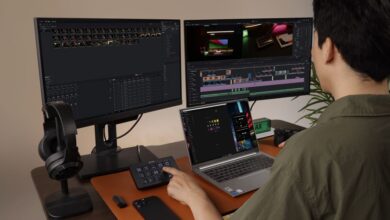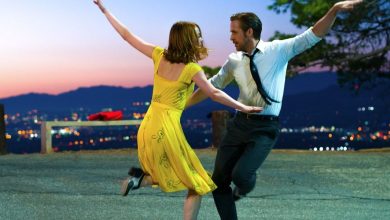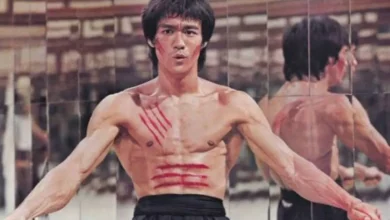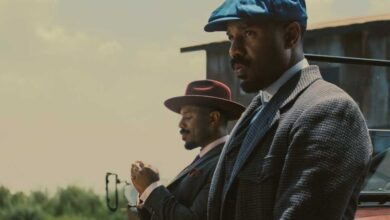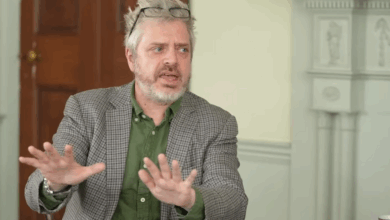How AI Is Reshaping Hollywood: Innovation or Threat to Creativity?
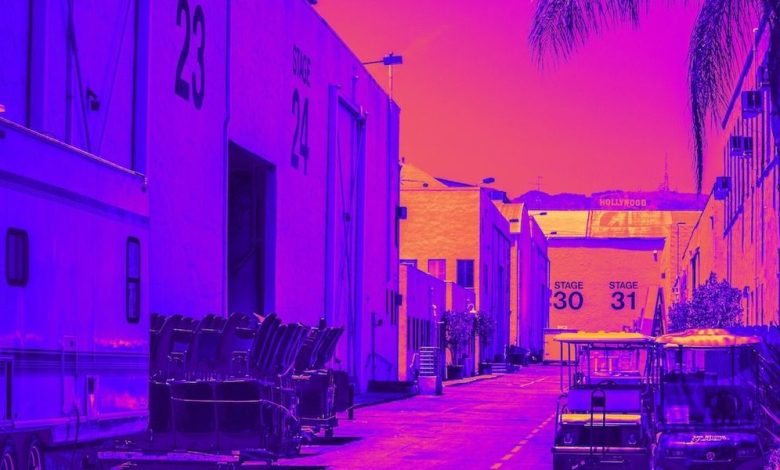
In recent years, artificial intelligence (AI) companies have made their way into Hollywood, promising technological advancements that could enhance creativity and streamline workflows. Initially, this surge in AI tools sparked hope across the industry, with many believing it would generate more jobs and expand opportunities. However, the reality has turned out to be more complex and controversial.
The Reality of Generative AI in Hollywood
Rather than empowering creators, generative AI has raised concerns about job displacement and the dilution of originality. Many artists and industry professionals have watched their work scraped from the internet, recompiled by algorithms, and repurposed without proper credit or compensation. This transformation has led to growing fears that AI may undermine not just individual careers, but the essence of human creativity itself.
Studios, too, are beginning to feel the impact. Intellectual property (IP) theft and the unauthorized replication of animation styles are major issues, prompting some companies to consider legal action against AI developers who misuse their content. Despite this, several studios are forging ahead, integrating AI into different stages of film production.
The Studio Shift Toward AI Integration
As reported by The Wrap, Hollywood is undergoing a “great pivot,” with major studios incorporating AI tools into daily operations. Proponents argue that AI should be viewed as a collaborative tool, not a replacement for human talent. This perspective is especially crucial as the industry prepares for upcoming contract renegotiations with labor unions like the WGA and SAG-AFTRA, both of which have placed AI regulations at the center of their agendas.
AI is already being utilized in pre-production tasks such as script analysis, storyboarding, and visual effects. It allows filmmakers to iterate faster and potentially free up more time for creative decision-making. However, concerns about misuse and ethical boundaries remain prominent.
Understanding Clean AI and Its Implications
One emerging solution is the development of “Clean AI”—models trained only on licensed and legally obtained data. These systems are designed to avoid copyright infringement and ensure that any generated content respects ownership rights and creator consent. Clean AI may offer a pathway to safer collaboration between technology and creativity, enabling studios and artists to harness its benefits without compromising their intellectual property.
See More ...
Lionsgate is among the studios exploring these AI innovations. By adopting legally compliant models, they aim to minimize legal risks while experimenting with AI’s capabilities in a controlled environment.
The Road Ahead: Collaboration and Caution
While AI tools continue to evolve, they are not yet fully autonomous or capable of replacing the nuanced input of skilled professionals. The complexity of generative visual tools still demands significant manual effort, which gives creators time to adapt and assert control over how AI is deployed.
As negotiations with labor unions continue, organizations like the Directors Guild of America (DGA) are also expected to monitor AI’s influence closely. These collective efforts aim to ensure AI is implemented ethically, transparently, and in a way that protects jobs, creativity, and ownership.
Final Thoughts
Hollywood stands at a pivotal moment, where the adoption of AI must be guided by thoughtful regulation and ongoing dialogue. The creative industry thrives on originality, and while AI may offer new possibilities, it must not come at the cost of human innovation and expression.
